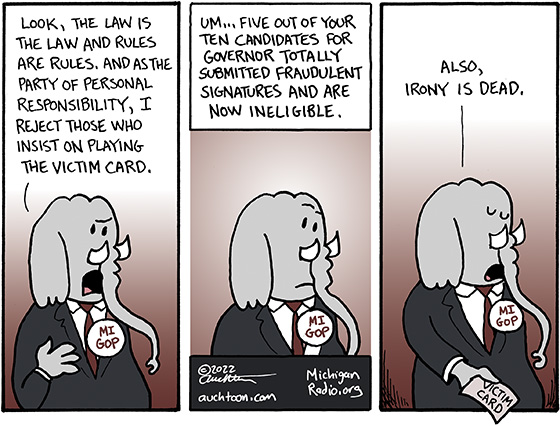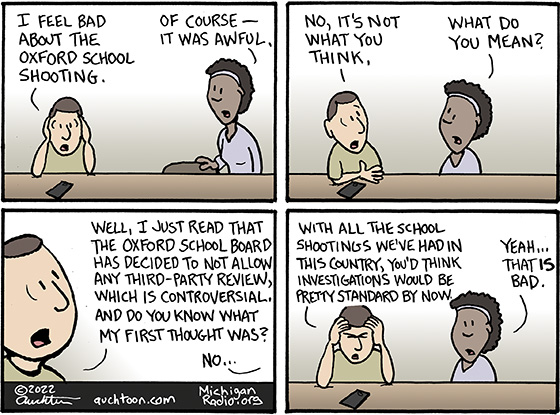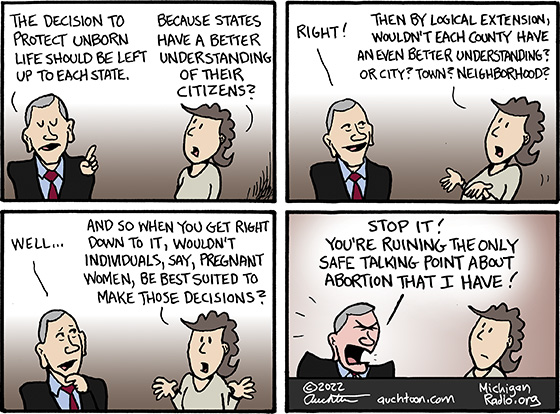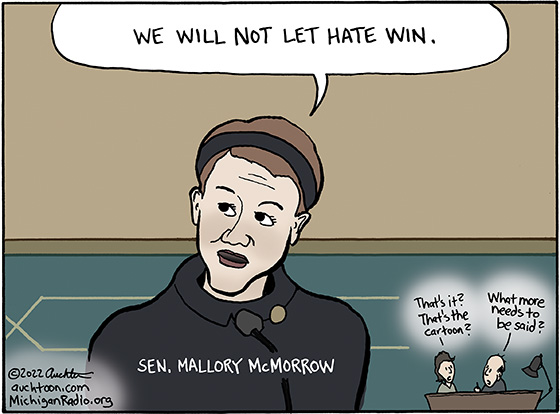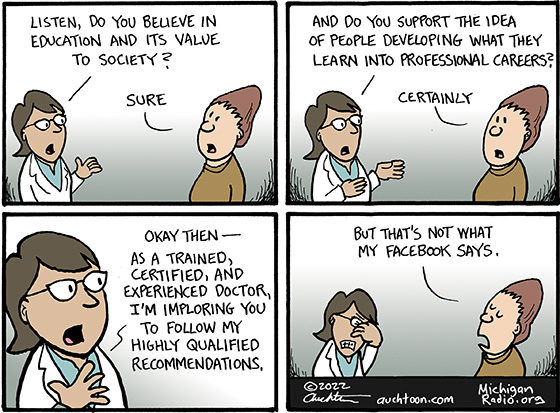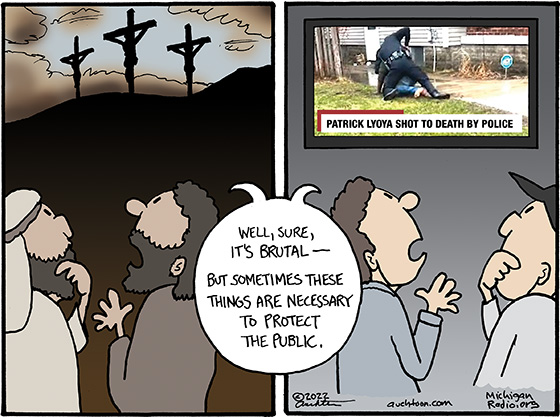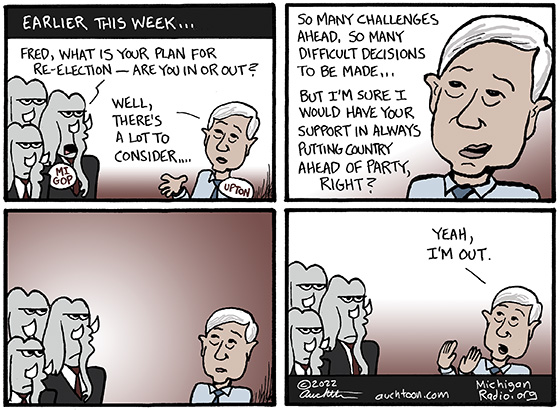I Agree with Betsy DeVos

Living as I do in Michigan (especially West Michigan), I’ve drawn a number of cartoons over the years with and about Betsy DeVos. I don’t remember any of them being particularly complementary. It’s not personal. (I’ve never met her.) But as a political financier/string-puller — and a public official as the Secretary of Education for the Trump Administration — she has given me plenty of opportunities to disagree with her.
She has a book coming out this month, and if you are familiar with DeVos, the title will not surprise you: “Hostages No More: The Fight for Education Freedom and the Future of the American Child”
This can be read a few different ways. If you believe that the free-market is and always will be the best way to solve any issue, it may feel like a glorious call to arms. If you are dubious about the prospects of letting pure capitalism drive education, it may feel a bit overwrought. And if you are devoted believer in public education, it may feel like the overture to the end of times.
A lot of opportunity for divisiveness there. But apparently the book is not just about education. In it, DeVos reflects on how she was the second member of the Trump Cabinet to resign the day after the Capitol insurrection. She writes:
“To me, there was a line in the sand. It wasn’t about the election results. It was about the values and image of the United States. It was about public service rising above self. The president had lost sight of that.”
Nicely put, Ms. DeVos.

